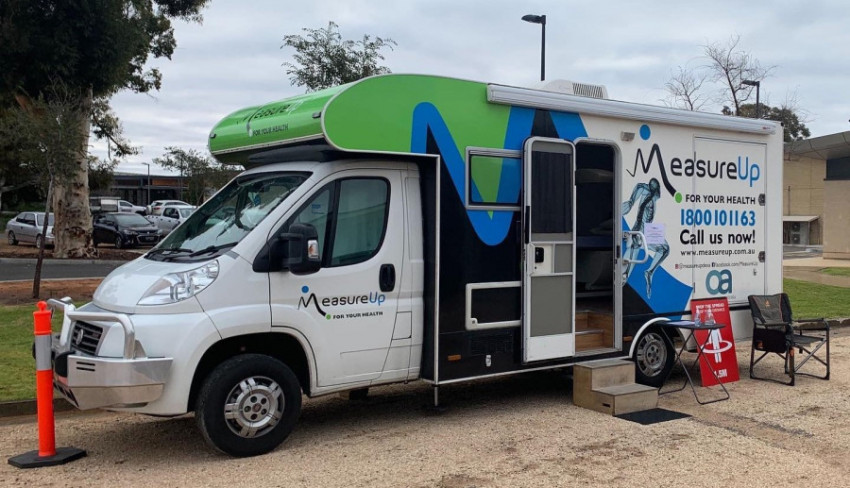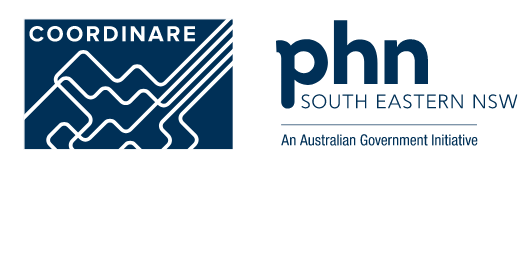
Local nurse led clinic helps to improve healthy bone ageing
26 August 2022
In 2017-18, COORDINARE’s Patient Centred Medical Home Innovation Project (PCMH IP) supported practices to develop and implement their own ideas for service improvement and document their models of care.
Some of the models, including one for bone health, were scaled up between 2020-2022 when COORDINARE offered practices an opportunity to apply for funding to implement a nurse-led clinic model, with the aim of delivering enhanced care for patients at risk of poor health outcomes.
COORDINARE spoke with Natalie Sleeman from Worrigee Street Medical Centre in the lead-up to Healthy Bones Week about why the practice chose to implement a bone health clinic and what some of the outcomes were.
“Osteoporosis is one of the most common bone diseases and is a silent condition that often progresses with no symptoms until a person fractures a bone. For this reason, it is frequently overlooked and significantly under screened,” said Natalie.
In fact, recent data also shows that among Australians aged 50 years and over, an estimated 66% of the population has osteopenia or osteoporosis and that 1 in 4 men and 2 in 5 women will experience a minimal trauma fracture during their life.
To address this gap, Worrigee Street Medical Centre established a nurse-led clinic as part of COORDINARE’s funding opportunity. Their aim was to significantly increase screening rates for patients aged 70 years and over as well as increase osteoporosis disease awareness and improve patient understanding of healthy bone ageing.
“We had a lot of external services involved in the nurse led clinic including Reframe, a program that helps practices with data analysis to identify those that are at potential risk that may have missed screening,” said Natalie.
“We also had the Measure Up Bone Bus visit the clinic on a regular basis. They provided a mobile bone densitometry service which meant patients didn’t need to travel to a major hospital or radiology lab to have their screening.

(Pictured: the Measure Up Bone Bus open to patients.)
“When patients came in, they completed a knowledge survey to assess what they knew about bone health and surprisingly patients had a very limited understanding,” she added.
As a part of the clinic patients received information and helpful resources on how to improve their bone health in order to prevent future bone disease and subsequent fractures.
“For example, making sure they're getting enough calcium and vitamin D or doing weight bearing exercises. By teaching patients how to manage their health themselves it helps to prevent future bone disease and subsequent fractures,” Natalie explained.
During the first twelve months, 243 patients aged 70 years and over participated in the bone health clinic, with 176 patients returning abnormal bone mineral density results. Further highlighting the importance for preventative screening in this area.
“The results from the clinic show how much we had overlooked this area previously. We picked up so many people that had been under screened before and now they are on treatments,” said Natalie.
All patients completed a post clinic satisfaction survey as part of their involvement in the clinic. Those involved also reported a significant increase in their knowledge of bone health as a result of participating in the clinic. They felt like they had the skills needed to manage their bone health with more confidence moving forward.
Patients also shared that they would like to see a similar clinical model extended across other prevalent conditions such as asthma, diabetes and chronic kidney disease.
“Not only did the nurse-led clinic provide benefits in terms of improved patient satisfaction, but nurses felt that the clinics extended their roles and level of autonomy.
“Patient feedback was overwhelmingly really positive in terms of what the patients got out of it, which is really positive for us because it felt like we were doing something that made a difference.
“We still get the bone bus down every year and have patients on a recall system depending on what their results were. So even though we're not running it still as an active nurse led clinic, it's still embedded in our general practice,” said Natalie.
The bone health clinic has significantly increased the uptake of bone screening for patients aged 70 years and over and has led to more at-risk patients receiving ongoing treatment. All the patients involved in the clinic have also gained a better understanding of healthy bone ageing and can now proactively manage their own bone health.
COORDINARE has created a building better bones model of care that practices can use to guide their workflow. If you are interested in learning more about the bone health nurse led clinic or implementing something similar in your practice, please contact Darren Marcus at dmarcus@coordinare.org.au.
Find out more about Healthy Bones Week by visiting the Healthy Bones Australia website.
